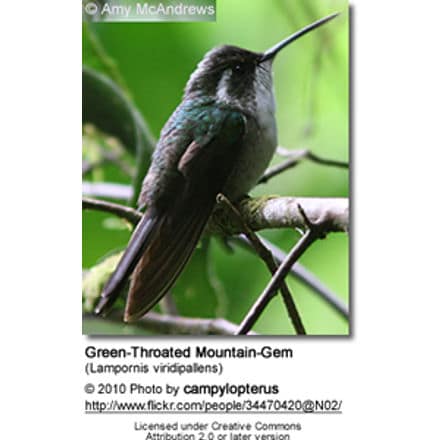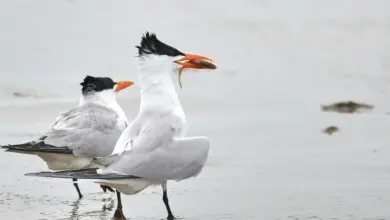Gnatcatchers
The gnatcatchers are mainly soft bluish-grey, resembling Old World Warblers in their structure and habits. Their preferred habitat is the open woodland or scrub.
Distribution / Habitat:
The gnatcatcher family can be found in North and South America. Most of the species of this mainly tropical and sub-tropical group are resident, but the Blue-gray Gnatcatchers of the USA and southern Canada migrate south in winter.
Their preferred habitat is the open woodland or scrub.
Description:
The gnatcatchers are mainly soft bluish-grey, resembling Old World Warblers in their structure and habits.
Breeding / Nesting:
Monogamous pairs are formed shortly after the return to the breeding range, in late March or April.
They nest in bushes or trees. The nest is built by both the male and female and takes nearly two weeks to complete. Three to five eggs are layed 5-10 days after construction is finished.
The male and female both incubate. After another two weeks the young hatch. Both parents bring food to the young. Although both the male and female contribute to the care of the eggs and hatchlings, they do not interact with one another after incubation begins, seeing each other only in passing. They often fledge a second brood together later in the season.
Diet
Gnatcatchers eat mainly small insects and spiders.
Species:
- Family Polioptilidae
- Black-capped Gnatcatcher, Polioptila nigriceps
- Black-tailed Gnatcatcher, Polioptila melanura
- Blue-gray Gnatcatcher, Polioptila caerulea
- California Gnatcatcher aka Clements Gnatcatcher, Polioptila californica
- Collared Gnatwren, Microbates collaris
- Creamy-bellied Gnatcatcher, Polioptila lactea
- Cuban Gnatcatcher, Polioptila lembeyei
- Guianan Gnatcatcher, Polioptila guianensis
- Iquitos Gnatcatcher, Polioptila clementsi
- Long-billed Gnatwren, Ramphocaenus melanurus
- Maranon Gnatcatcher, Polioptila maranonica
- Masked Gnatcatcher, Polioptila dumicola
- Slate-throated Gnatcatcher, Polioptila schistaceigula
- Tawny-faced Gnatwren, Microbates cinereiventris
- Tropical Gnatcatcher, Polioptila plumbea
- White-lored Gnatcatcher, Polioptila albiloris
Please Note: The articles or images on this page are the sole property of the authors or photographers. Please contact them directly with respect to any copyright or licensing questions. Thank you.




